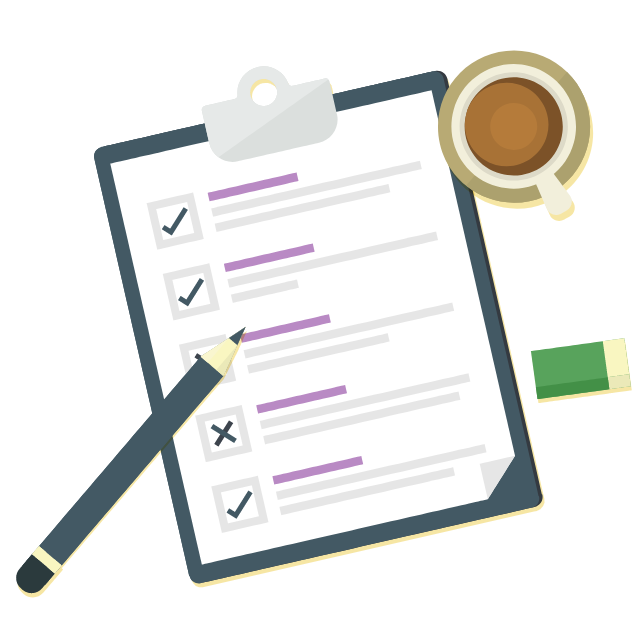Customer Wish-lists

Aug 25 · 2 min read
Yesterday, I wrote a summary of the excellent customer present from Telia at the PowerUp 2022 conference. Over the years, I have heard many organisations discuss their wish-list for solutions. It’s remarkable how diverse organisations have similar requests. That’s a good thing. It makes it viable to build solutions that work across multiple sectors and teams.
1. Automate the production of documents
Document automation (‘document assembly’, as it’s sometimes called) is the starting point for most projects. Some solutions do nothing other than document automation, and still deliver benefits. Building software to automate document generation is more difficult than it looks. It’s easy to do basic things, like replacing placeholders with names or similar data. You can do that with mail-merge in Word.
That’s OK for standard documents, but creating tailored documents is much better. Tailored documents have more customisation – the reader wouldn’t guess they come from an automated solution. The degree of customisation requires more advanced software, which is rarely available in enterprise software that doesn’t have Legito’s focus on document-orientated processes.
2. Save time spent on repetitive work
Saving time on repeat work used to mean using fewer people to get work done, to save costs. These days, during a significant labour shortage, it means getting work done despite a lack of people, especially people with skills in demand. It also means looking after your people – they don’t want to spend time on dreary tasks.
3. Reduce human error
Humans make mistakes. We all do. Risk management, compliance procedures, and brand reputation are enhanced if we give people tools that help them do the right thing. Humans are bad at reading long policy documents, checking for mistakes, and remembering process details. Just because you get by without automation, doesn’t mean you have a sustainable process. In some markets, regulators expect to see technology to mitigate risk.
4. Systems must be intuitive for users
Solutions like Legito have two types of user. They begin with the users who will author the content, design the processes, and write the rules that influence documents and processes. Let’s call them ‘authors’. The rest are users who will rely on the solution to get work done – they most of the users. Ideally, your authors will be the people who have subject matter expertise in the relevant department. An intuitive solution places no barriers between the author and their content – no need for coding, an interface that gives easy access to tools, and making it easy for authors to see how their work is taking shape.
Intuitive solutions for other users are customised so users recognise how to get work done. HR users expect to see screens customised for HR processes. Procurement teams expect to see screens about sourcing. Real estate users expect to see screens about property.

5. Reduce cycle times for getting work done
The items listed above reduce the time to get work done (and done correctly first time). Self-service features make it easier for people to get what they need without waiting for help from specialist colleagues. Your subject matter experts should use their expertise to make self-service options that work for most people most of the time. Use Legito to lead users through the correct content and correct steps, so they aren’t tempted to use unauthorised short-cuts or skip important items.
Customer Wish-lists
Aug 25 · 2 min read
1. Automate the production of documents
Document automation (‘document assembly’, as it’s sometimes called) is the starting point for most projects. Some solutions do nothing other than document automation, and still deliver benefits. Building software to automate document generation is more difficult than it looks. It’s easy to do basic things, like replacing placeholders with names or similar data. You can do that with mail-merge in Word.
That’s OK for standard documents, but creating tailored documents is much better. Tailored documents have more customisation – the reader wouldn’t guess they come from an automated solution. The degree of customisation requires more advanced software, which is rarely available in enterprise software that doesn’t have Legito’s focus on document-orientated processes.
2. Save time spent on repetitive work
Saving time on repeat work used to mean using fewer people to get work done, to save costs. These days, during a significant labour shortage, it means getting work done despite a lack of people, especially people with skills in demand. It also means looking after your people – they don’t want to spend time on dreary tasks.
3. Reduce human error
Humans make mistakes. We all do. Risk management, compliance procedures, and brand reputation are enhanced if we give people tools that help them do the right thing. Humans are bad at reading long policy documents, checking for mistakes, and remembering process details. Just because you get by without automation, doesn’t mean you have a sustainable process. In some markets, regulators expect to see technology to mitigate risk.
4. Systems must be intuitive for users
Solutions like Legito have two types of user. They begin with the users who will author the content, design the processes, and write the rules that influence documents and processes. Let’s call them ‘authors’. The rest are users who will rely on the solution to get work done – they most of the users. Ideally, your authors will be the people who have subject matter expertise in the relevant department. An intuitive solution places no barriers between the author and their content – no need for coding, an interface that gives easy access to tools, and making it easy for authors to see how their work is taking shape.
Intuitive solutions for other users are customised so users recognise how to get work done. HR users expect to see screens customised for HR processes. Procurement teams expect to see screens about sourcing. Real estate users expect to see screens about property.

5. Reduce cycle times for getting work done
The items listed above reduce the time to get work done (and done correctly first time). Self-service features make it easier for people to get what they need without waiting for help from specialist colleagues. Your subject matter experts should use their expertise to make self-service options that work for most people most of the time. Use Legito to lead users through the correct content and correct steps, so they aren’t tempted to use unauthorised short-cuts or skip important items.
More Weekly Articles



















